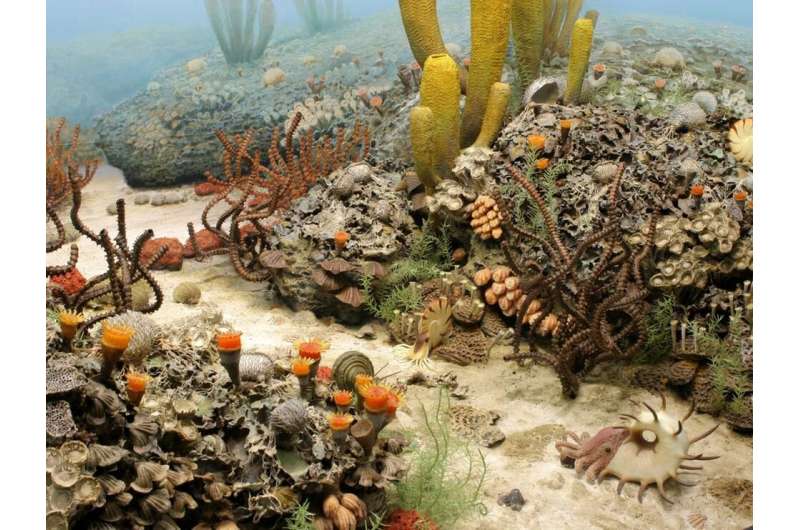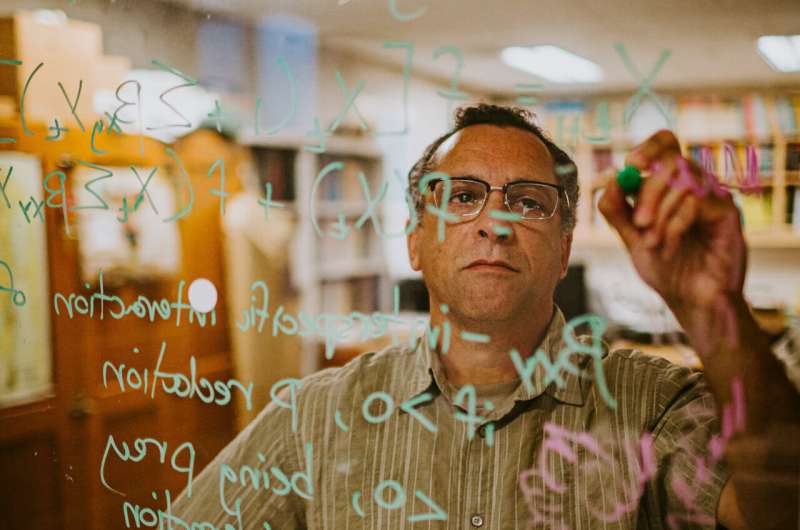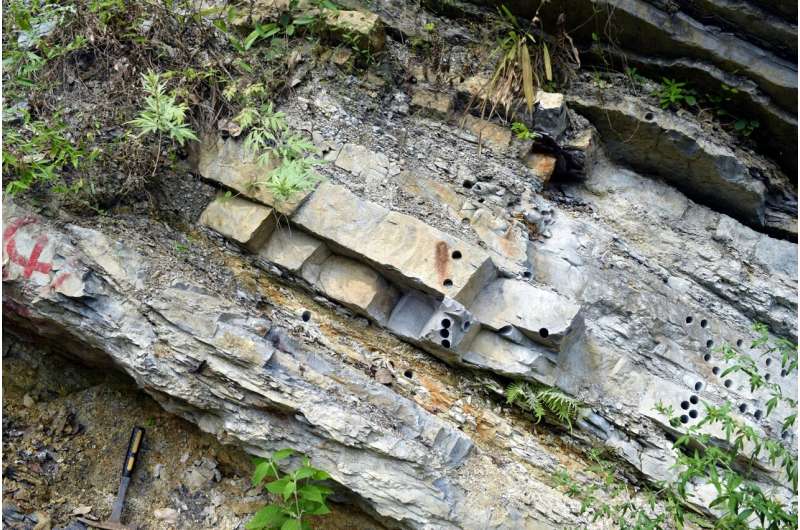This article has been reviewed according to Science X's editorial process and policies. Editors have highlighted the following attributes while ensuring the content's credibility:
fact-checked
peer-reviewed publication
trusted source
proofread
New study reveals biodiversity loss drove ecological collapse after the 'Great Dying'

The history of life on Earth has been punctuated by several mass extinctions, the greatest of these being the Permian-Triassic extinction event, also known as the Great Dying, which occurred 252 million years ago. While scientists generally agree on its causes, exactly how this mass extinction unfolded—and the ecological collapse that followed—remains a mystery.
In a study published today in Current Biology, researchers analyzed marine ecosystems before, during, and after the Great Dying to better understand the series of events that led to ecological destabilization. In doing so, the international study team—composed of researchers from the California Academy of Sciences, the China University of Geosciences (Wuhan), and the University of Bristol—revealed that biodiversity loss may be the harbinger of a more devastating ecological collapse, a concerning finding given that the rate of species loss today outpaces that during the Great Dying.
"The Permian-Triassic extinction serves as a model for studying biodiversity loss on our planet today," says Academy Curator of Geology Peter Roopnarine, Ph.D. "In this study, we determined that species loss and ecological collapse occurred in two distinct phases, with the latter taking place about 60,000 years after the initial biodiversity crash."
The event itself wiped out 95% of life on Earth, or about 19 out of every 20 species. Likely triggered by increased volcanic activity and a subsequent spike in atmospheric carbon dioxide, it caused climatic conditions similar to the human-driven environmental challenges seen today, namely global warming, ocean acidification, and marine deoxygenation.
To conduct the study, researchers examined fossils from South China—a shallow sea during the Permian-Triassic transition—to recreate the ancient marine environment. By sorting species into guilds, or groups of species that exploit resources in similar ways, the team was able to analyze prey-predator relationships and determine the functions ancient species performed. These simulated food webs provided plausible representations of the ecosystem before, during, and after the extinction event.

"The fossil sites in China are perfect for this kind of study because we need abundant fossils to reconstruct food webs," says Professor Michael Benton from the University of Bristol. "The rock sequences can also be dated very precisely, so we can follow a step-by-step timeline to track the extinction process and eventual recovery."
"Despite the loss of over half of Earth's species in the first phase of the extinction, ecosystems remained relatively stable," says Academy researcher Yuangeng Huang, Ph.D., now at the China University of Geosciences. Interactions between species decreased only slightly in the first phase of the extinction but dropped significantly in the second phase, causing ecosystems to destabilize. "Ecosystems were pushed to a tipping point from which they could not recover."
An ecosystem as a whole is more resistant to environmental change when there are multiple species that perform similar functions. If one species goes extinct, another can fill that niche and the ecosystem remains intact. This can be compared to an economy where several companies or corporations provide the same service. The demise of one corporation still leaves the service and economy intact, but the opposite will occur if the service is monopolized by a single entity.

"We found that the biodiversity loss in the first phase of the extinction was primarily a loss in this functional redundancy, leaving a sufficient number of species to perform essential functions," Roopnarine says. "But when environmental disturbances like global warming or ocean acidification occurred later on, ecosystems were missing that reinforced resistance, which led to abrupt ecological collapse."
For the study team, their findings stress the importance of considering functional redundancy when assessing modern conservation strategies and remind them of the urgent need for action to address today's human-driven biodiversity crisis.
"We are currently losing species at a faster rate than in any of Earth's past extinction events. It is probable that we are in the first phase of another, more severe mass extinction," Huang says. "We cannot predict the tipping point that will send ecosystems into total collapse, but it is an inevitable outcome if we do not reverse biodiversity loss."
More information: Zhong-Qiang Chen, The stability and collapse of marine ecosystems during the Permian-Triassic mass extinction, Current Biology (2023). DOI: 10.1016/j.cub.2023.02.007. www.cell.com/current-biology/f … 0960-9822(23)00146-X
Journal information: Current Biology
Provided by California Academy of Sciences




















